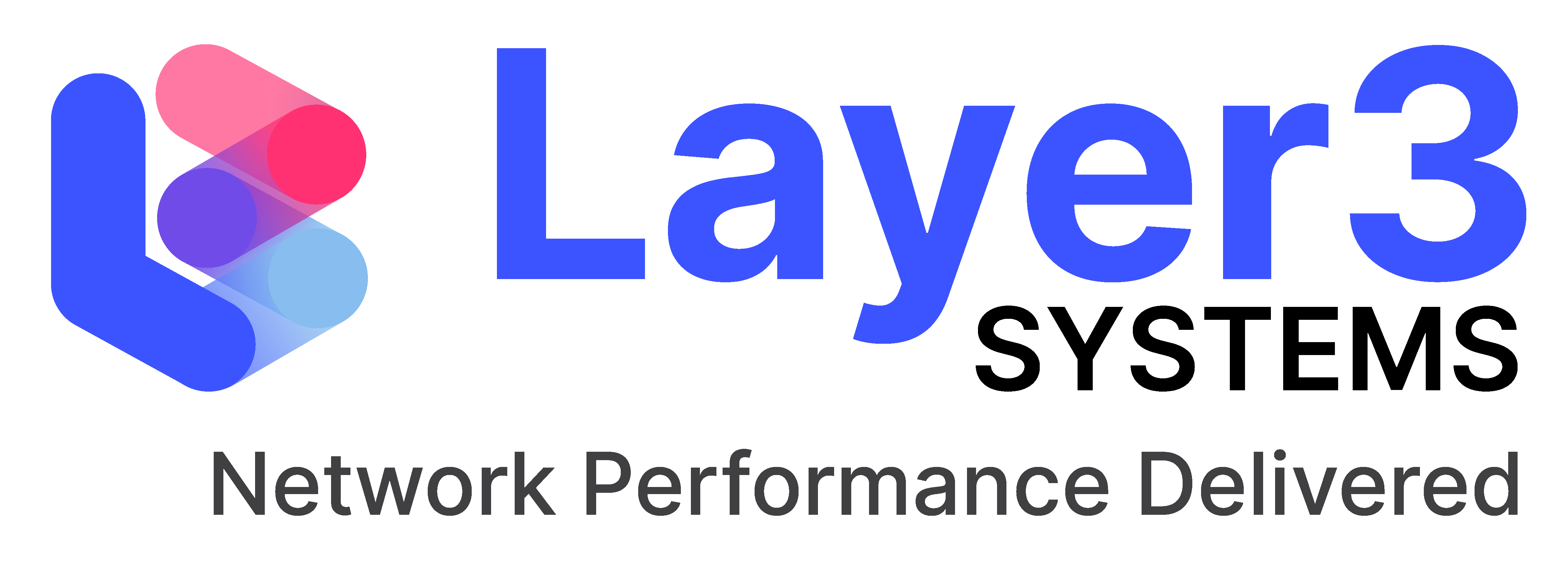What is the impact of adding new network hardware?
Extending a network to gain more capacity, speed or resilience should be an easy task. Usually, you can rely on compatibility across devices from a single manufacturer, but it is not a certainty. Even different manufacturers tend to operate nicely together in the most part, though you should never assume this. Sometimes introducing a small upgrade can cause horrendous issues.
It is important to have a measure of what your existing network system performance looks like so you can identify if an upgrade has enhanced or impacted performance. Having a picture of what your running network looks like can also be invaluable if you are trying to understand why a change has impacted network loading or produced other changes in operation.
Your managed network performance service should allow you to identify performance levels before and after changes. In many cases the way you integrate new hardware may determine how successful it is. In this blog post, we examine the effects of adding new hardware to a system.
The challenge of growth
As companies develop over time, they naturally start to attract more customers and often require more staff to accommodate additional business. This will often put pressure on existing networks and systems, the business will also need larger IT services to handle the increase in demand, The problem is that adding to your system can introduce serious side effects. Everything should work together – though sometimes equipment simply won’t operate with other equipment. A managed network performance service will help you to identify normal operation before a change and ideally confirm good operation after a change. It should also help you to identify problems introduced by changes to the network.
Test every hardware addition
It’s important that organisations check that the hardware they want to add is compatible with the rest of their network. Even minor compatibility problems could snowball into serious operational failures without a careful approach to implementation. Thorough testing can reduce the chances of failure significantly, but some errors only emerge after adding the hardware to a live system. Testing should support implementation and checks should be run for a period of time after go live, problems often emerge only after a few days or weeks of use.
Examine the network’s changes
You must closely monitor the network after implementing new hardware to see if it has the desired effect. If a new server isn’t boosting performance in the way you hoped, for example, it’s critical that you address this as soon as possible. Using an external managed network performance service will provide the means to check the system in depth and identify where performance gains have been made or track down where expectations have not been met.
Hire a managed network performance service
Knowing the overall state of your system before and after significant hardware changes lets you see how these additions are performing. Layer3 Systems provides a thorough managed network performance service that can monitor your system and optimise it, even addressing concerns resulting from the impact of new hardware. For more on our approach, get in touch with the Layer3 team.

